#African American Museum
Explore tagged Tumblr posts
Text
The east side needs help restoring the African American museum!!!
128 notes
·
View notes
Text


Benjamin F. Hardy (July 25, 1921-1994) was an African-American custom motorcycle builder who made the Captain America and Billy choppers for the 1969 Peter Fonda road movie Easy Rider.
The Captain America bike, made from a then 20-year-old, heavily customized Harley-Davidson panhead is considered one of the most iconic motorcycles ever built.
Working with another African motorcycle builder, coordinator Cliff Vaughs, Hardy built two 'Billy' bikes and three 'Captain Americas', one of which was destroyed in the making of the movie, the rest of which were stolen. Each bike had a backup to make sure that shooting could continue in case one of the old machines failed or got wrecked accidentally. The 'Billy' bike was typical of the custom motorcycles Black bikers were riding at the time.
Hardy and Vaughs remained largely unknown and uncredited for 25 years as they were not accepted due to being African-Americans, and were not welcomed into the mainstream motorcycle world in the USA.
Known locally as "Benny" and "King of Bikes" Ben Hardy's Motorcycle Service was located at 1168 E. Florence in Los Angeles. He was a mentor to many of the local motorcyclists in South Central, Los Angeles.
His work was featured in the “Black Chrome” exhibition at the California African American Museum

#african#afrakan#kemetic dreams#africans#brownskin#afrakans#brown skin#benjamin hardy#benjamin f hardy#motorcycle#los angeles#african american museum#south central#billy#king of bikes#benny#african american
138 notes
·
View notes
Text



Today was a Good day …
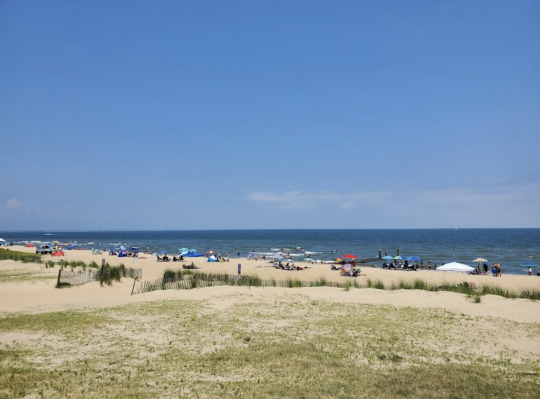
#luxury#aesthetic#high value men#beauty#quiet luxury#gentillmatic#washington dc#mlk jr#martin luther king jr#african america history#African American museum#museum#beachday#beach aesthetic#black travel#virginia beach#norfolk#i have plans#black men#level up#high quality#quality of life#knowledge#visit#statue#monument
24 notes
·
View notes
Text
Fundraiser to Benefit Huntington's African American Museum
A fundraiser set for Saturday will benefit the nascent Huntington African American Museum. Panelists, including Denice Evans-Sheppard, director of the Oyster Bay Historical Society; Dr. Jermaine Archer, professor of African American studies at SUNY Old Westbury; and Dr. Georgette Grier-Key, director of the Eastville Historical Society, will discuss African American history on Long Island. Joye…
#African American Museum#Denice Evans-Sheppard#Dr. Jermaine Archer#Joye Brown#Unitarian Universalist Fellowship of Huntington.
0 notes
Text
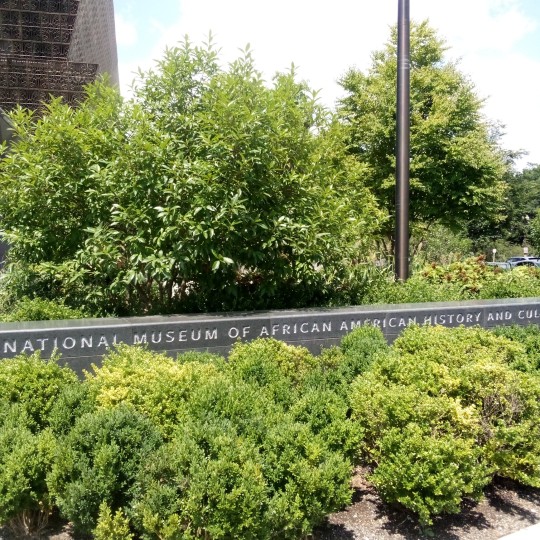
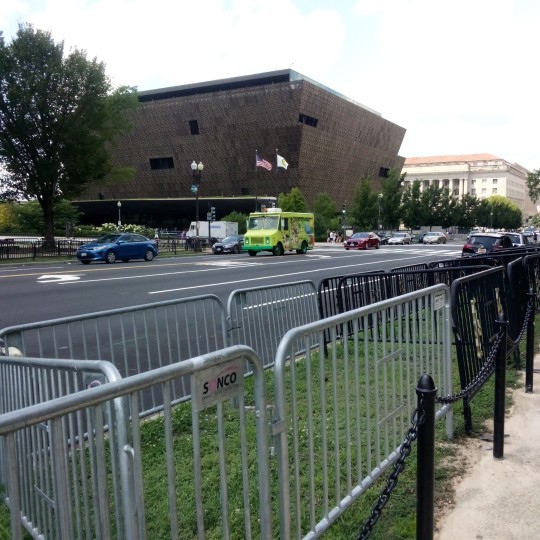
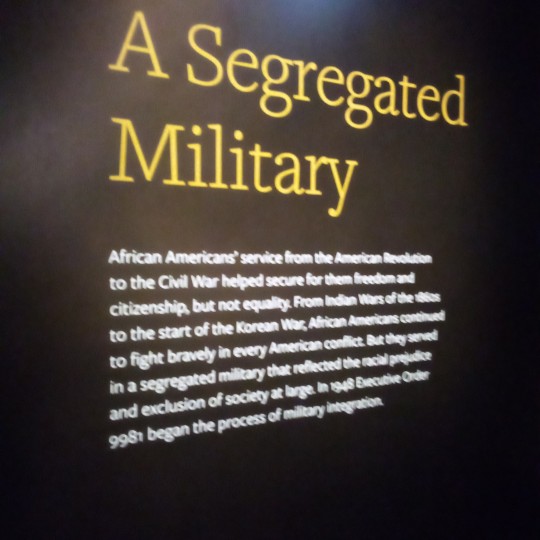
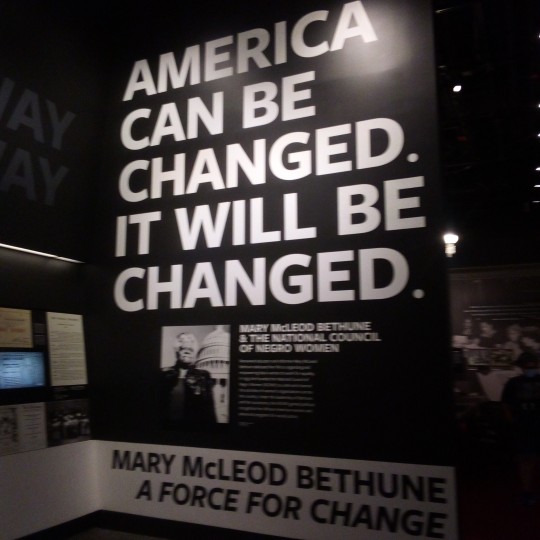
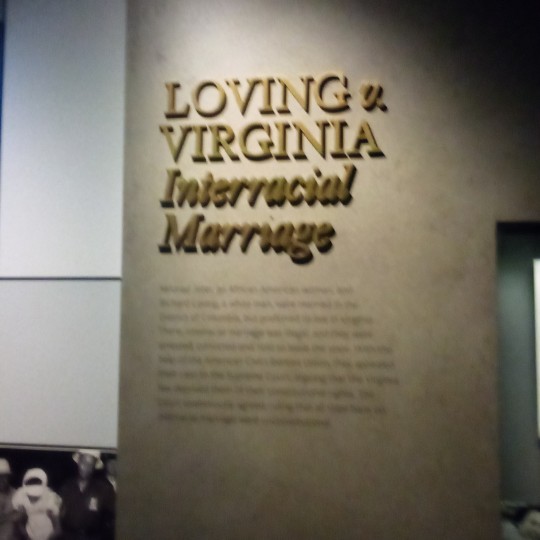
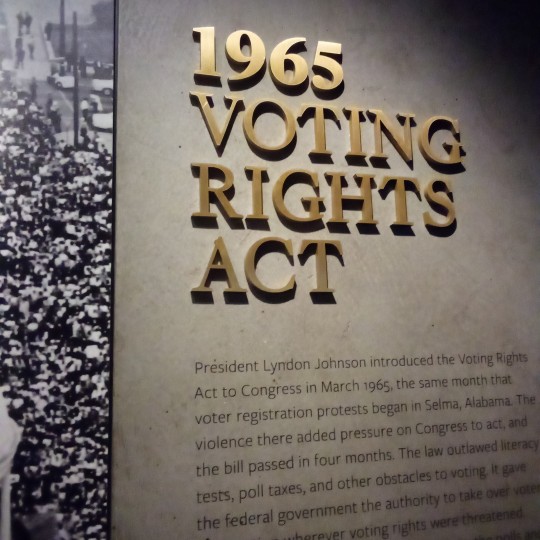
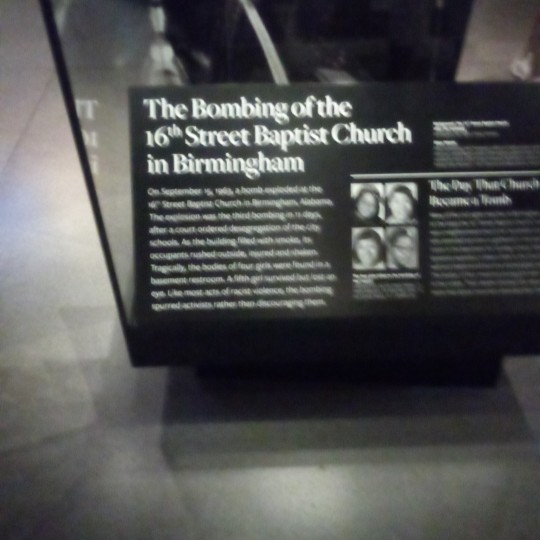
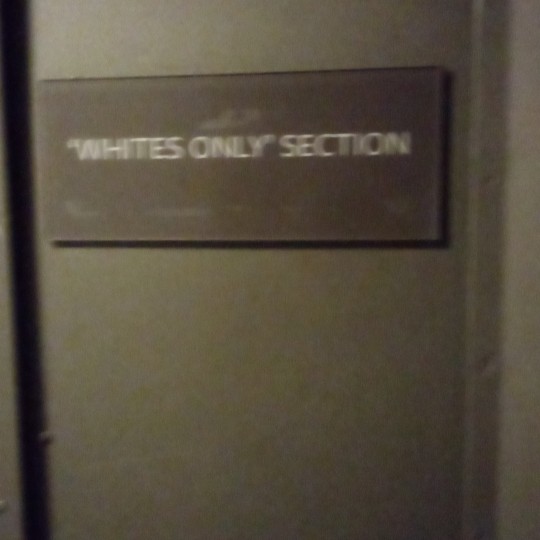
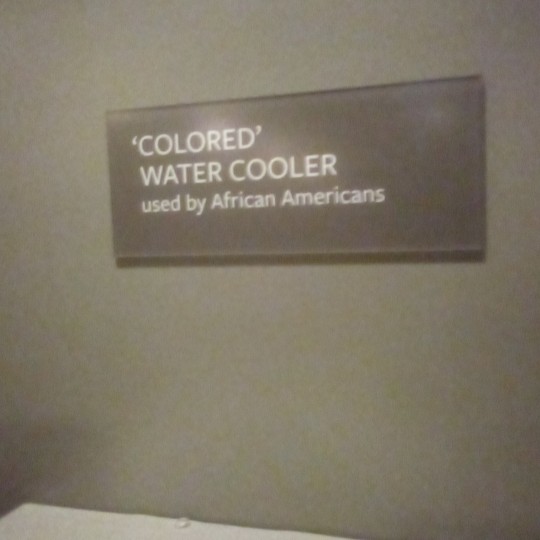
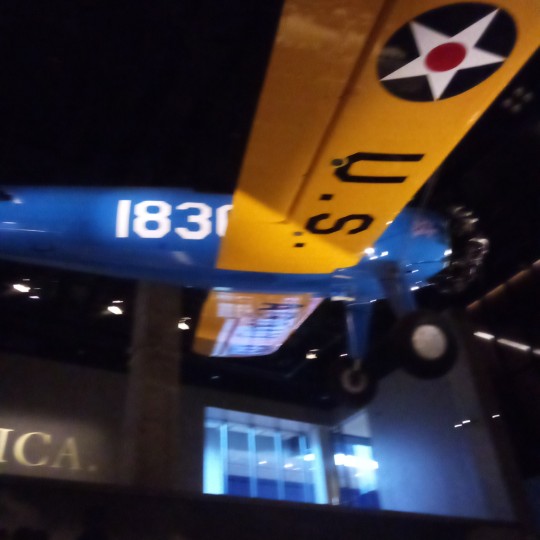
When you do a 30 plus teams tour of Washington DC, aka "The District", visit the National Museum of African American History and Culture
0 notes
Text

Jean-Baptiste Pointe DuSable was born in Saint-Domingue, Haiti (French colony) during the Haitian Revolution. At some point he settled in the part of North America that is now known as the city of Chicago and was described in historical documents as "a handsome negro" He married a Native American woman, Kitiwaha, and they had two children. In 1779, during the American Revolutionary War, he was arrested by the British on suspicion of being an American Patriot sympathizer. In the early 1780s he worked for the British lieutenant-governor of Michilimackinac on an estate at what is now the city of St. Clair, Michigan north of Detroit. In the late 1700's, Jean-Baptiste was the first person to establish an extensive and prosperous trading settlement in what would become the city of Chicago. Historic documents confirm that his property was right at the mouth of the Chicago River. Many people, however, believe that John Kinzie (a white trader) and his family were the first to settle in the area that is now known as Chicago, and it is true that the Kinzie family were Chicago's first "permanent" European settlers. But the truth is that the Kinzie family purchased their property from a French trader who had purchased it from Jean-Baptiste. He died in August 1818, and because he was a Black man, many people tried to white wash the story of Chicago's founding. But in 1912, after the Great Migration, a plaque commemorating Jean-Baptiste appeared in downtown Chicago on the site of his former home. Later in 1913, a white historian named Dr. Milo Milton Quaife also recognized Jean-Baptiste as the founder of Chicago. And as the years went by, more and more Black notables such as Carter G. Woodson and Langston Hughes began to include Jean-Baptiste in their writings as "the brownskin pioneer who founded the Windy City." In 2009, a bronze bust of Jean-Baptiste was designed and placed in Pioneer Square in Chicago along the Magnificent Mile. There is also a popular museum in Chicago named after him called the DuSable Museum of African American History.
x
#Jean-Baptiste Pointe DuSable#Haitian Revolution#Chicago history#founder of Chicago#black history#Native American wife#Kitiwaha#American Revolutionary War#British arrest#Michilimackinac#St. Clair Michigan#trading settlement#Chicago River#John Kinzie#European settlers#Great Migration#Carter G. Woodson#Langston Hughes#Windy City#bronze bust#Pioneer Square#Magnificent Mile#DuSable Museum#African American history
598 notes
·
View notes
Text

Mars Dust, Alma Thomas, 1972
Acrylic on canvas 69 ¼ × 57 ⅛ in. (175.9 × 145.1 cm) Whitney Museum of American Art, New York City, NY, USA
#art#painting#alma thomas#contemporary art#abstract art#abstract expressionism#20th century art#20th century#1970s#black artists#women artists#acrylic#red#whitney museum#american#african american#artists of color#female artists#100 notes
464 notes
·
View notes
Text

Charles Ethan Porter (1847-1923) "Autumn Landscape" (1890-1891) Oil on canvas Located in the SCAD Museum of Art, Savannah, Georgia
#paintings#art#artwork#landscape painting#autumn#charles ethan porter#oil on canvas#fine art#scad museum of art#museum#art gallery#american artist#african american artist#fall#autumnal#orange#grey#gray#yellow#1890s#late 1800s#late 19th century#a queue work of art
250 notes
·
View notes
Text

National Museum of African American History and Culture, Washington, DC
photo: David Castenson
#national museum of african american history and culture#black and white photography#architecture#washington dc#photographers on tumblr
194 notes
·
View notes
Text

Evening Attire. A portrait by the African-American photographer James Van Der Zee (1886-1983), made of an unknown sitter in Harlem, NYC, in 1922. Now in the collection of the Smithsonian American Art Museum, Washington, D.C.
#photography#history#historic photography#James Van Der Zee#African-American#photographic portrait#20th century#20th century photography#Smithsonian American Art Museum
132 notes
·
View notes
Photo

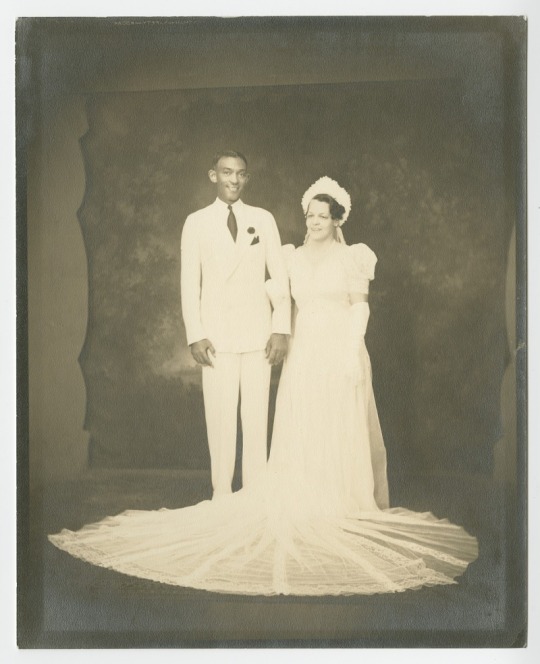
Wedding Dress of Lollaretta Pemberton Allen
Pictured with her groom, Grover Allen
1939
National Museum of African American History & Culture
#wedding dress#fashion history#vintage fashion#1930s#photography#20th century#1939#wedding#white#lace#tulle#united states#national museum of african american history and culture#smithsonian institution
283 notes
·
View notes
Text
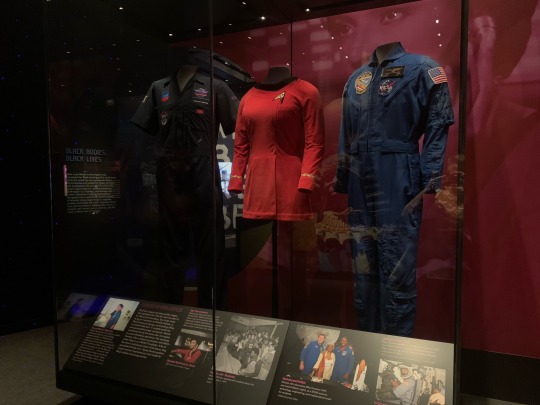
Lt. Uhura’s Starfleet uniform, worn by Nichelle Nichols
Afrofuturism exhibit, Smithsonian National Museum of African American History and Culture
#star trek#star trek tos#nyota uhura#nichelle nichols#smithsonian#national museum of african american history and culture
105 notes
·
View notes
Text

Nikki Giovanni, Black Feeling, Black Talk, Introduction by Barbara Crosby, 1968 [Privately Printed] [Collection of the Smithsonian National Museum of African American History and Culture, Smithsonian Institution, Washington, DC. © Nikki Giovanni]


#graphic design#poetry#booklet#book#cover#book cover#nikki giovanni#barbara crosby#smithsonian national museum of african american history and culture#smithsonian institution#1960s
43 notes
·
View notes
Text
#WorldOkapiDay :

Dahlov Ipcar (USA, 1917–2017) Okapi, 1991 Cotton, wool, buttons, wire, Kapok batting 14 1/4 x 16 1/4 x 4 1/4 in. Portland Art Museum 1993.26
#animals in art#animal holiday#20th century art#American art#okapi#World Okapi Day#African animals#Dahlov Ipcar#modern art#sculpture#figure#1990s#Portland Art Museum#mixed media
44 notes
·
View notes
Text
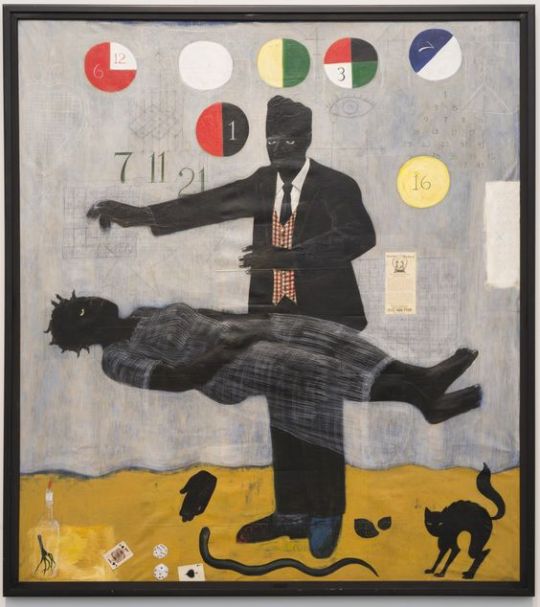
When Frustration Threatens Desire (1990). Kerry James Marshall.
#kerry james marshall#art#painting#1990s#contemporary art#african american art#seen in person#met museum#mastry
67 notes
·
View notes
Text
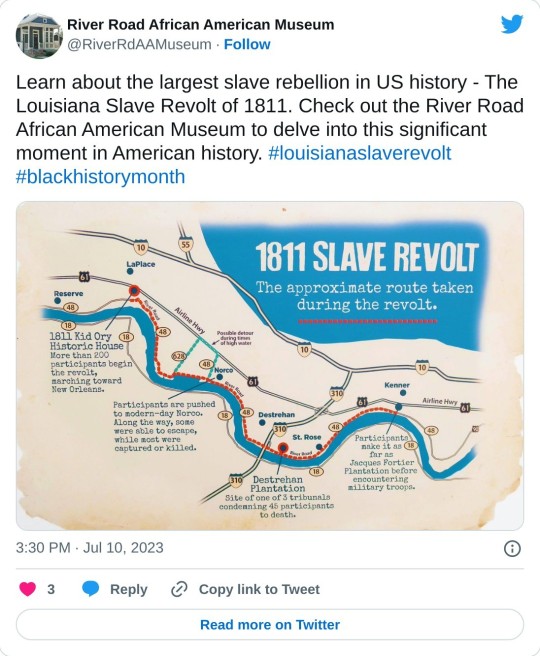
My family has a museum on River Road in Gonzalez Louisiana. the history will make you run through the fields running and crying. the bloody river road will never leave my memory..
#River Road African American Museum#River Road#Gonzalez Louisiana#louisiana#plantations#murder of Enslaved#Black History Matters#Black Lives Matter#Charles DesLonde#Kathy Hambrick#Hambrick Mortuary
236 notes
·
View notes